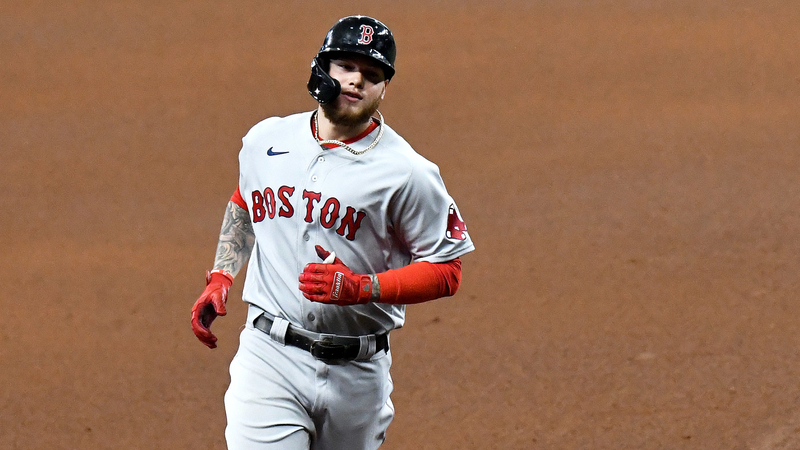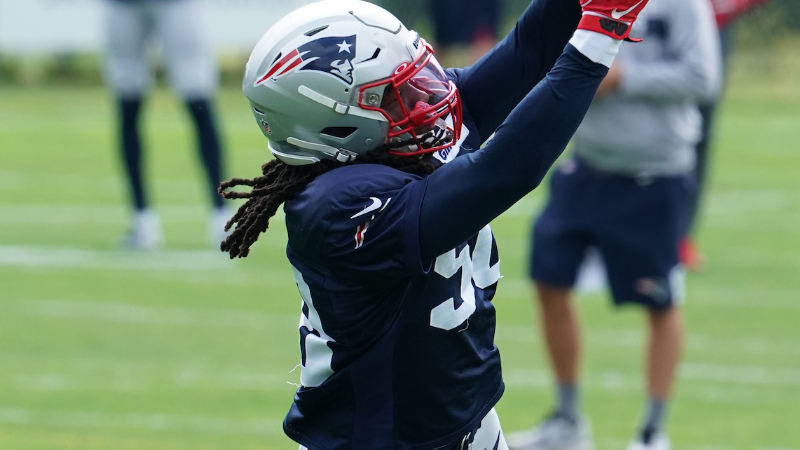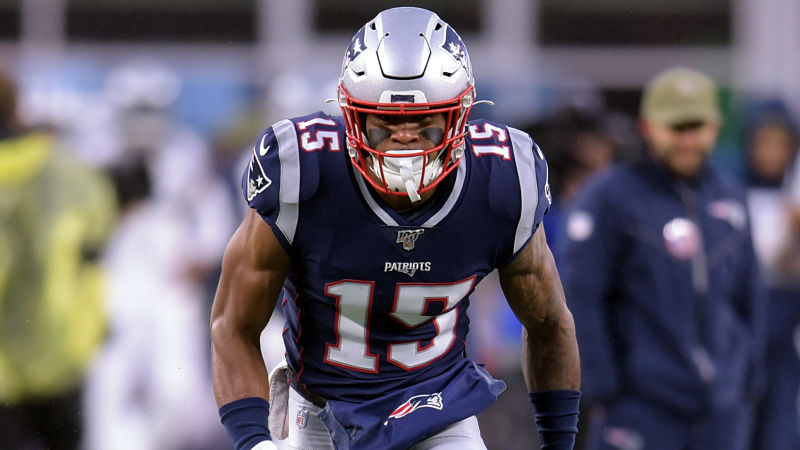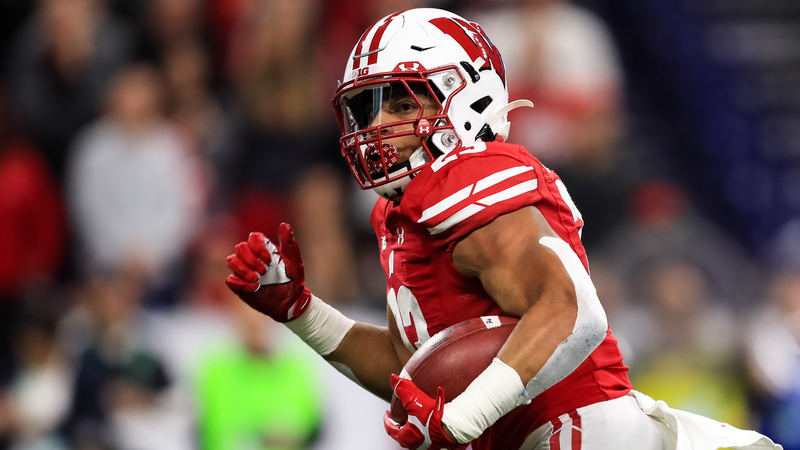FOXBORO, Mass. — Think of all the players the New England Patriots have acquired after training camp, either right before the season begins or once they’re already in the thick of things. They tend to pan out.
The Eric Rowes or Jonathan Casillas’ or Akiem Hicks’. They find a role, they play it well, and the Patriots tend to stick with that player for the tenure of the season. In the case of Kyle Van Noy or Aqib Talib, sometimes those players work out so well they stay around longer and find an even bigger role.
At the same time, a player acquired prior to training camp might not last through the summer or early season. The most recent example of that is defensive end Kony Ealy, who was waived before the roster cutdown and was claimed by the New York Jets. Is that because a player acquired prior to training camp has more time to fail and to show that he won’t fit what the team is looking for?
At the same time, players acquired during the offseason usually find bigger roles on the team. Brandin Cooks, Stephon Gilmore and Lawrence Guy are starters for the Patriots this season after they were acquired before spring workouts.
Bill Belichick explained why there’s a significant difference between adding a player during the offseason vs. midseason.
“I think the acquisitions you make at the beginning of the season, in the spring or in the offseason, you’re looking at roster building,” Belichick said. “You’re looking at players you feel like would be competitive at a certain position or certain role or a combination of roles that would be competitive for your team. And that role might be a starter, it might be a rotational player. You’re looking for a player who will be competitive in those roles.
“If you acquire a player at the beginning of the season or in the season like Van Noy or (Cassius) Marsh or (Johnson) Bademosi or Akeem Ayers or Casillas or Talib or guys that we’ve done that with, you’re usually acquiring that player to fill a specific role at that time. He’s not in competition with eight other guys for something. The reason you’ve acquired him is because A, he’s available and it’s worked and all that but B, you see a role for that player that you can use.”
The Patriots added wide receiver Phillip Dorsett, edge defender Cassius Marsh and cornerback Johnson Bademosi via trades to fill specific roles right before the season. Malcolm Mitchell and Shea McClellin were headed to injured reserve, so the Patriots needed a wide receiver and edge defender/special teamer. And with Matthew Slater banged up and Justin Coleman on his way to the Seattle Seahawks in a trade, the Patriots needed a speedy special-teamer and backup cornerback. The Patriots could snag another player before the trade deadline to fill another role. Or they could deal one of their own players if the value is right.
Another added element is sometimes a player will surprise the Patriots and make an offseason acquisition expendable. There’s plenty of recent examples of this, whether it’s Bradley Fletcher and Coleman, Donald Brown and D.J. Foster or Ealy and Adam Butler this year.
The latter players typically tend to be undrafted free agents who don’t have high expectations when added. But the cost of keeping an undrafted free agent typically is lower than a veteran, regardless of how much guaranteed money is left on his contract. And if the current value is similar, then an undrafted free agent likely has more upside.
Of course, there have been some midseason acquisitions that haven’t panned out as expected. Defensive tackle Isaac Sopoaga, who the Patriots acquired at the trade deadline in 2013, wound up playing just six games and 119 snaps for New England. And there are plenty of examples of street free agents who were added to boost the Patriots’ depth that didn’t last.
“If you trade for a guy, you’re definitely giving up something to get somebody to put into a certain position or role, whatever that happens to be,” Belichick said. “So, I’d say that’s a little bit of a different — it’s different than when you get a guy in March.
“Now, certainly in March or April, you have a lot more time with that player, but your team’s not really established at that point, either. You’re still trying to see how it’s all going to play out. Well, in September or October, you have a lot better idea how it’s playing out and if you acquire a player, generally it’s to put that player into a role that you feel is necessary and that he can do.”
Thumbnail photo via Robert Deutsch/USA TODAY Sports Images



